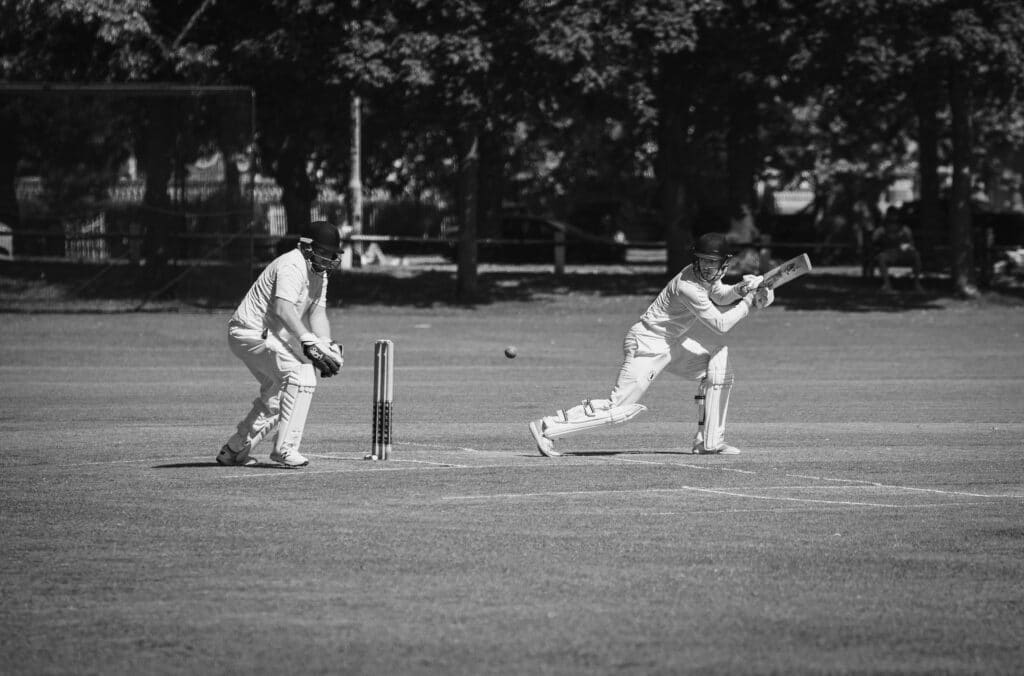Top tips to avoid cycling injuries
Top tips to avoid cycling injuries
The Tour de France is back! If you’re anything like myself, the ability of these professional cyclists leaves me in total awe. As a cyclist, I can barely get up the “mountains” of the Dandenongs, yet these professional cyclists are doing climbs ten fold over 23 days. If it’s left you feeling inspired to get out on the bike, be sure to follow our top tips to avoid cycling injuries.
Cycling is a great exercise for cardiovascular fitness and lower limb strength. Whether it be the exercise bike, spin classes, on local bike paths or on road bikes, the repetitive nature of cycling poses a range of injury risks for both the upper body and knee body.

Common cycling injuries include:
Back pain:
Cycling places the low back in a flexed and forward position over the handlebars. Back pain can commonly occur if there is insufficiently back flexibility or core strength. Pain may be localised to the low back but may also radiate into the buttock or into the leg. A poorly fitting bike can commonly cause excessive stress on the lower back. For example, a high bike seat or handle bars that are too place increased strain through the structures around the low back
Neck and upper back pain:
Handle bar position can play a large roll on the amount of stress through the neck and upper back. Whilst racing handle bars encourage an aerodynamic position, inadequate core strength and flexibility can result in a dull ache or pain in the upper back due to the slumped position.
Knee pain:
Knee pain is one of the most common injuries associated with cycling. Anterior knee pain and pain around the knee cap are the most common symptoms of cycling related knee pain. Pain can be caused by irritation of the knee cap (patellofemoral knee pain) or from tightness from the iliotibial band. Seat position and pedal position are common factors that influence knee pain.
Top tips to prevent cycling injuries:
- Get a bike set up.
- Check your posture. Where possible, move in and out of the aerodynamic position.
- Get a stronger core. Being in an aerodynamic position or “slumped” position on the bike relies heavily on having good core strength. Clinical pilates can be a great way to maintain the aerodynamic position.
- Use all your leg muscles. Cycling technique and correct form plays an important role in preventing injury. Cycling should engage both the quadricp, hamstrings and gluteal muscles. When cycling ensure that you pull up and upstroke as well as pushing down.
- See a physiotherapist. As cycling is repetitive, any niggles can quickly increase in severity. Alternately, compensatory strategies may actually increase further stress and strain on other parts of the body.
If you’re experiencing cycling related pain, book online or call us on 9571 6888 today!

